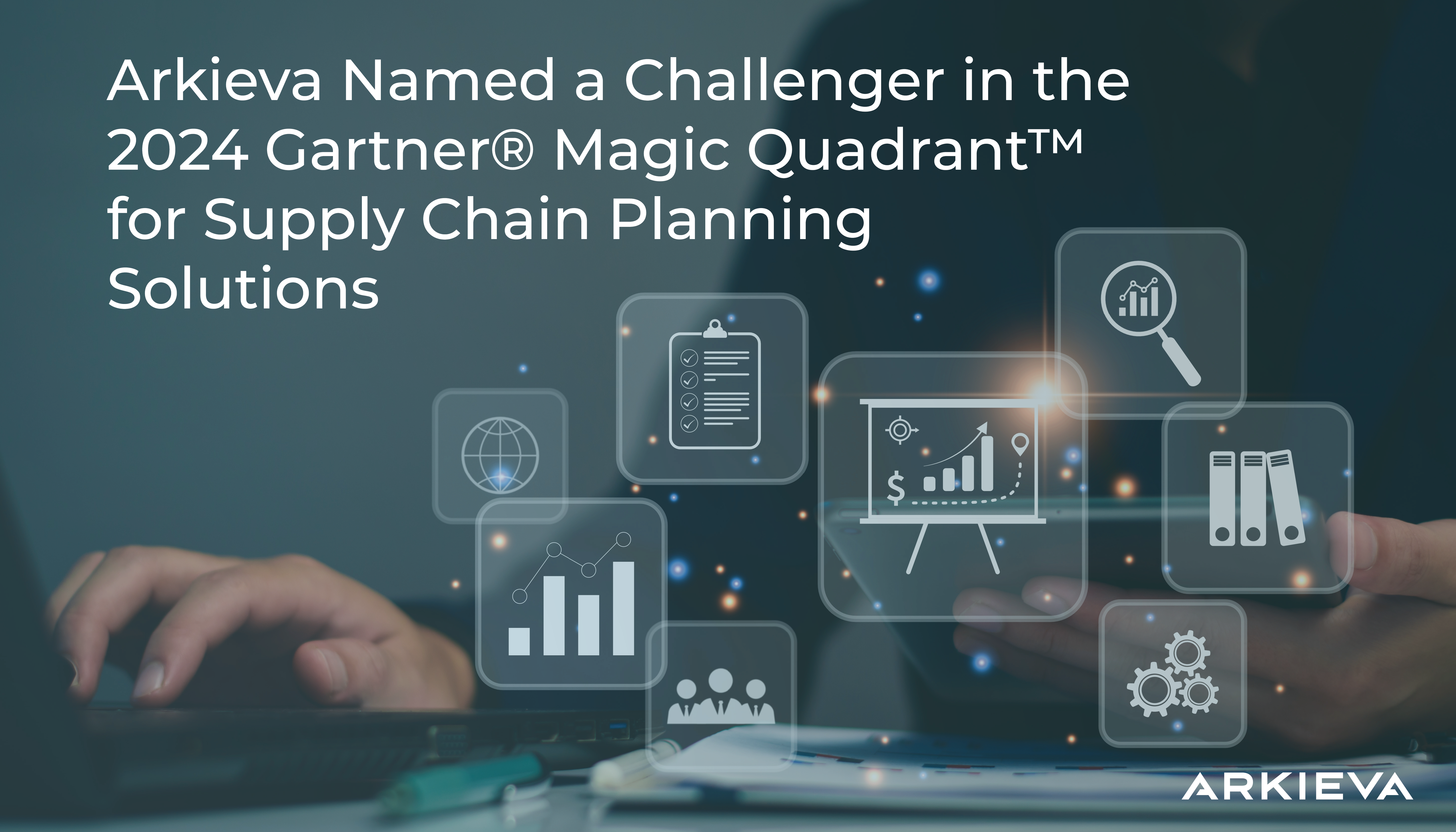We’ve spoken to a lot of people over the years. Every conversation seems to prompt a waterfall of follow-up questions. Over time, you begin to identify a few themes from all the client meetings and inbound questions we receive. Here are the answers to some of our most commonly asked questions.
Is there ever going to be a new “normal” for the supply chain?
We may be dating ourselves a bit, but as Rosanne Rosannadanna used to say on Saturday Night Live, “If it’s not one thing, it’s another”. Normal is relative. There are always going to be “events” that throw a monkey wrench into even the best-laid plans. In 2019, Arkieva’s Abhishek Shah wrote about Popeye’s Chicken running out of chicken sandwiches (unthinkable). This was not caused by disease, war, or weather. It was caused by Twitter and Instagram. An unexpected number of positive reviews online for a new menu item rapidly depleted inventory across the entire enterprise. No one had anticipated Popeye’s Chicken “breaking the internet”.
Rather than waiting for “normal” to happen, it is better to take advantage of historical data, run through what-if scenarios, and be able to sense demand patterns and anticipate future sales. You can also assess your distribution networks, the health of your suppliers and systems and build an environment that moves from reactive to anticipatory. So no, there will never be a new “normal” for the supply chain, but the companies that have the tools to use the information they already have will have an advantage.
Our company frequently talks about sustainability. It seems like a lot of “feel-good” words that never result in anything. How seriously do I need to take it?
This is a common topic of conversation. In the not too recent past, many organizations talked about sustainability – but viewed it as more a PR move to make the public “like them”. Increasingly this concept is moving from lip-service to real and actionable plans. Why? Well, as Dr. Vicki Folmar writes, “We may have finally reached a tipping point when it comes to action on climate change. Energy companies, manufacturing companies, and governments around the world are setting realistic goals and, more importantly, taking real action.”
This action takes place both from a sustainability and circularity perspective. Arkieva views sustainability as the procurement of safer, greener, more responsible operations as they relate to people, the planet, and profits (i.e., the triple bottom line). Circularity is more about consumption. In a circular supply chain, waste streams become value streams. All inputs are reused, recycled, or regenerated. As product lifecycles are extended, resource use is reduced and then maximized. Supply chains are shortened. Circularity is a mindset. But to succeed, technology and policy need to support it. Do it well and everyone benefits: your business, all people, and the planet.
So, yes, sustainability is a very real thing that needs to be considered in every step of your organization’s planning. It may be the key to ensuring your future success.
Actionable S&OP seems like a pipedream. Every 6 months there is a meeting where we align, but the output is static. How can we create and maintain a living, breathing S&OP “practice” that works?
Another great question that seems to be at the top of the list year-over-year. Having the systems in place to be able to harness the data is only the first step in the process. There also needs to be a level of alignment in the organization. As Tapan Mallik offered in a recent webinar, “In many companies, the S&OP process is disconnected from the business execution. It is important that companies have S&OP/IBP (Integrated Business Planning) driven execution but most of them do not know how to accomplish that. Often, the tactical or operational planning is done by a different group of people in the company who are disconnected from the S&OP output.”
The requirements for building a strong S&OP foundation are a hierarchical approach to planning with views as far out as 2 to 3 years in monthly family group buckets and views at the SKU level in weekly buckets for the coming 6 to 12 months. All this needs to pass through a “master production scheduler” and be documented in a single production schedule. This person needs to be the owner of the entire process.
This brief answer is only the tip of the iceberg. If you are truly interested in creating a living, breathing S&OP practice, view the webinar referenced above and check out our Resource Center. We have published extensively on this subject and are considered a Leader in S&OP by Gartner. You can also reach out to our consulting team any time.
What is the typical ROI of a digital transformation project? Is it proven with hard numbers, or can soft assumptions also make the case?
This is another topic we have written about in depth. If you want a deep dive, download our ebook on the 3 Stages of Digital Transformation for the Supply Chain. In addition to the steps needed to build the ROI, you will also learn how to assemble a team to drive the project to success.
Now, obviously hard numbers such as freed capital and improved service levels are going to be necessary to prove the case, but the soft numbers are also important to flavor the narrative you want to tell. There are metrics such as productivity and career development that are not just by-products of transformation but intrinsic to the total value of the project. In fact, these softer outcomes are what will be felt most by the team. So, make the case looking at the “big 3” of people, process and technology.
We are in a good place when it comes to the people and the process part of our business. However, we freeze when it comes to technology. There is so much risk for us to make any new investment. How can we be sure that our selection is the right fit for our business?
Obviously, as software providers, this is a question near and dear to our hearts. Analyst reports such as those conducted by Gartner, Forrester, and Nucleus Research can help to provide a common lens to compare providers. Inputs to these reports include customer interviews as well as conversations with the leadership teams at the respective companies to better understand their product vision and perception of the market.
The culmination of these conversations is an unbiased analysis of each provider’s place in the supply chain ecosphere – calling out strengths and opportunities to improve. For example, in the most recent Gartner Magic Quadrant evaluation for supply chain planning solutions it was noted that “Arkieva is a Visionary. This evaluation was based on strengths in product and service, market understanding, and strategy. You can get a copy of the latest Gartner Magic Quadrant for Supply Chain Planning here.
Well, that’s it for the mail bag this time around. Do you have questions? Contact us any time at and do not forget to check out our Resource Center for the best in Supply Chain thought leadership. We are happy to speak with you anytime.





